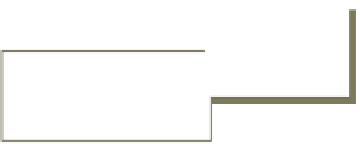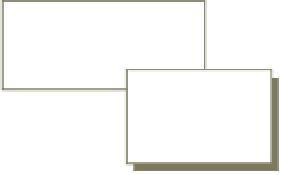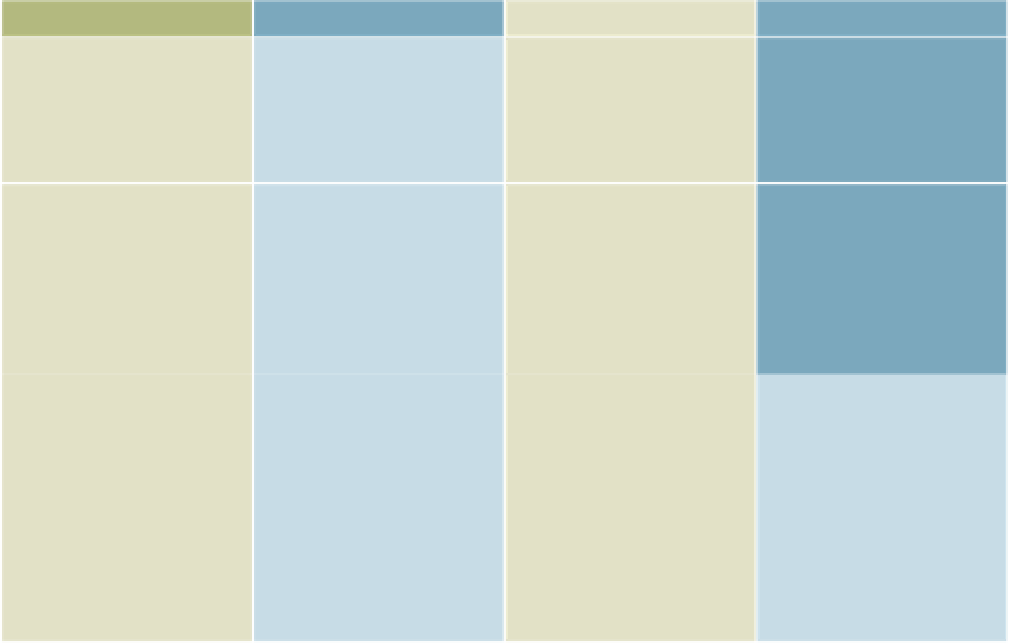Information Technology Reference
In-Depth Information
Overview of Application Software
Proprietary software and off-the-shelf software are important types of application software
(see Figure 4.12). A company can develop a one-of-a-kind program for a specific application
(called
proprietary software
). Proprietary software is not in the public domain. A company
can also purchase or acquire an existing software program (sometimes called
off-the-shelf
software
because it can literally be purchased or acquired “off the shelf” in a store). The
relative advantages and disadvantages of proprietary software and off-the-shelf software are
summarized in Table 4.4.
Figure 4.12
Application
software
Types of Application Software
Some off-the-shelf software can be
customized to suit user needs.
Proprietary
software
Off-the-shelf
software
Proprietary Software
Off-the-Shelf Software
Advantages
Disadvantages
Advantages
Disadvantages
You can get exactly what
you need in terms of
features, reports, and
so on.
It can take a long time
and significant resources
to develop required
features.
The initial cost is lower
because the software
firm can spread the
development costs over
many customers.
An organization might
have to pay for features
that are not required and
never used.
Being involved in the
development offers
control over the results.
In-house system devel-
opment staff may become
hard pressed to provide the
required level of ongoing
support and maintenance
because of pressure to move
on to other new projects.
The software is likely
to meet the basic
business needs—you
can analyze existing
features and the perf-
ormance of the package
before purchasing.
The software might lack
important features, thus
requiring future modifi-
cation or customization.
This can be very expen-
sive because users must
adopt future releases of
the software as well.
You can modify features
that you might need to
counteract an initiative
by competitors or to
meet new supplier or
customer demands. A
merger with or acqui-
sition of another firm
also requires software
changes to meet new
business needs.
The features and
performance of software
that has yet to be developed
presents more potential risk.
The package is likely to be
of high quality because
many customer firms have
tested the software and
helped identify its bugs.
The software might not
match current work
processes and data
standards.
Many companies use off-the-shelf software to support business processes. For example,
the lawyers at Ferwick & West LLP use a combination of several off-the-shelf software pack-
over 100 million legal files. The system they developed is called FIND, for File Identification
Narrowed by Definition, and it combines the power of 75 software tools, most of them off-
the-shelf applications. Key questions for selecting off-the-shelf software include the following:
(1) Will the software run on the OS and hardware you have selected? (2) Does the software
meet the essential business requirements that have been defined? (3) Is the software manu-
facturer financially solvent and reliable? and (4) Does the total cost of purchasing, installing,
and maintaining the software compare favorably to the expected business benefits?
Some off-the-shelf programs can be modified, in effect blending the off-the-shelf and
customized approaches. For example, police officers and dispatchers in Dover, N.H., use a
Table 4.4
A Comparison of Proprietary
and Off-the-Shelf Software











